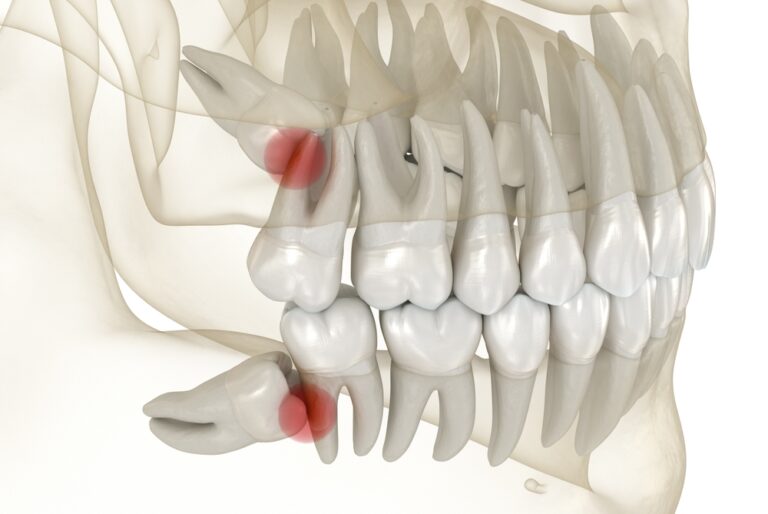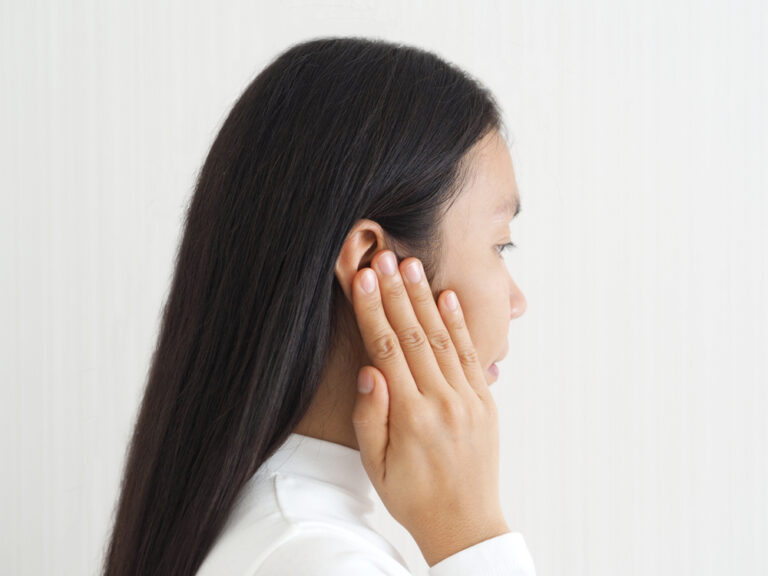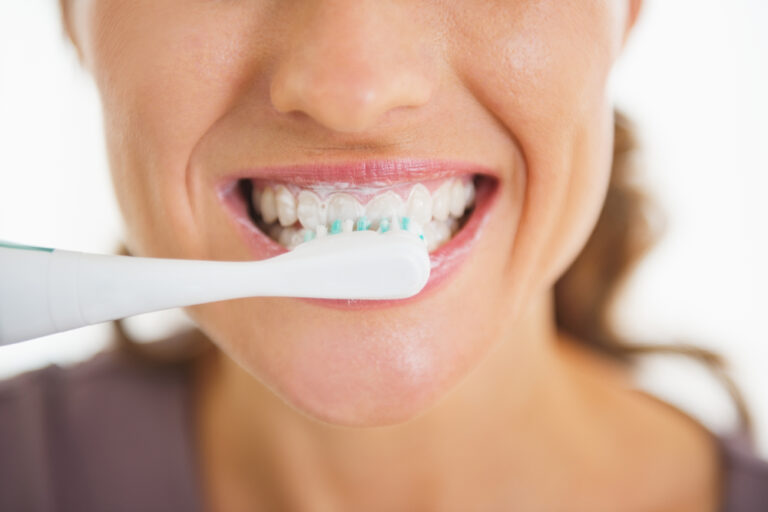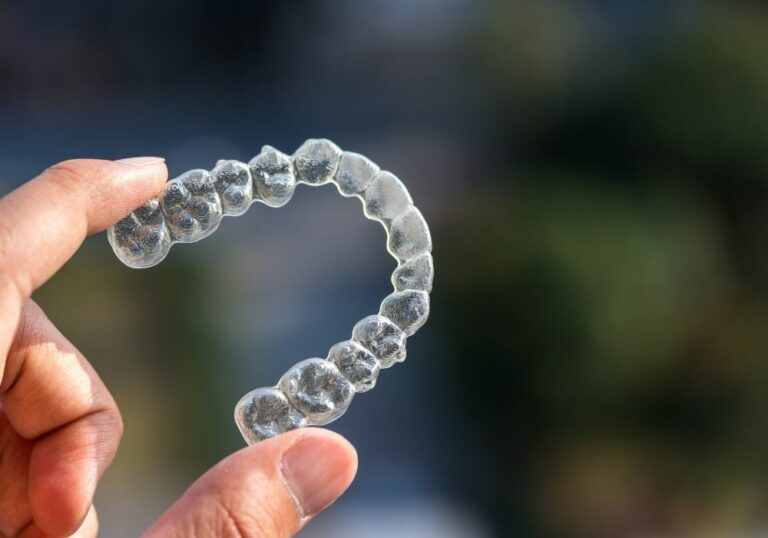The eruption of canine teeth is a major milestone in a baby’s development, but it can also be a painful process. These pointy teeth poke through the gums usually between 16 to 22 months of age, often causing swelling, discomfort, and extra fussiness in babies. While pain is common during teething, parents may wonder if the canine teeth tend to be more painful than other new teeth coming in. Understanding the canine teething timeline, symptoms, pain management, and when to call the doctor can help families support babies through this temporary phase.
Typical Canine Teething Timeline
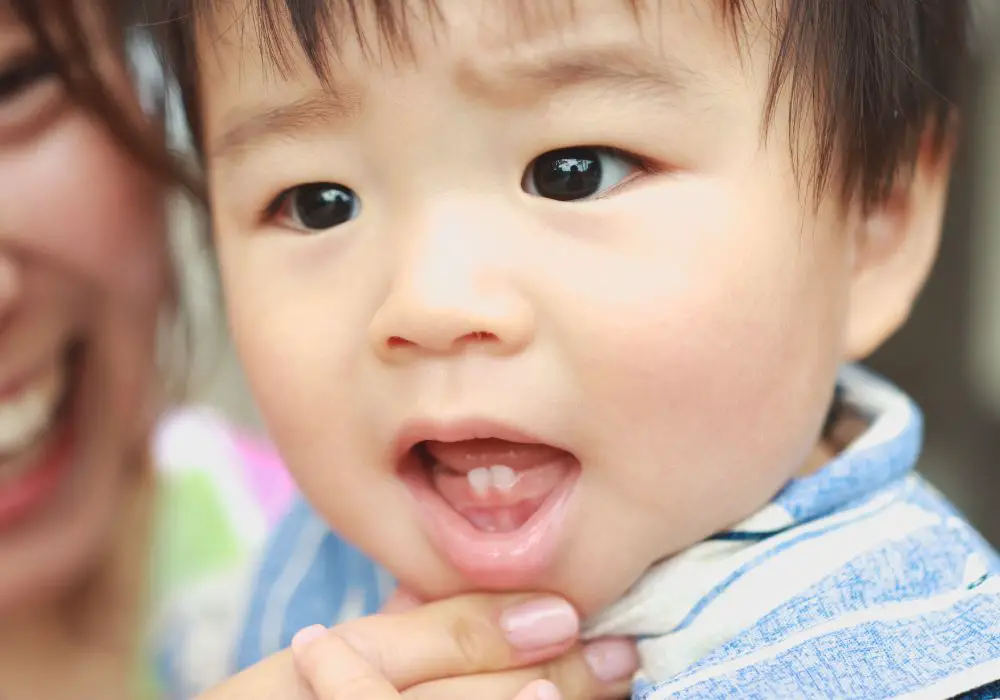
Canine teeth generally erupt on the later side of the primary teething spectrum. The typical order teeth emerge is:
- Central incisors – 6 to 12 months
- Lateral incisors – 9 to 13 months
- First molars – 13 to 19 months
- Canines (cuspids) – 16 to 22 months
- Second molars – 25 to 33 months
However, each baby follows their own teething clock. Premature eruption or delayed emergence of teeth within a few months is usually not concerning. Tracking teething symptoms helps identify when the canines are breaking through.
Recognizing Canine Teething Symptoms
Typical signs that canine teeth are erupting include:
- Swollen or reddened gums along the mid-mouth region
- Increased drooling or dribbling
- Tenderness and sensitivity around the gums
- Biting behaviors and chewing motions
- Mild fussiness or irritability
- Trouble sleeping and increased night wakings
- Decreased appetite or disinterest in feeding
- Low grade fever under 100°F
- Rash around mouth and chin
While many babies have few issues with canine teeth eruption, others find it to be one of the more painful chapters of teething due to the location and size of these pointy cuspids. If any symptoms cause concern, it is always best to consult the pediatrician.
Are Canine Teeth More Painful than Other Teeth?
The prominence and shape of the canine teeth may lead parents to believe they tend to erupt more painfully, but every baby experiences teething differently. There are a few factors that contribute to why the canine teeth sometimes seem to cause more distress:
- The long roots can exert extra pressure on the gums which can increase discomfort as they emerge.
- The location along the mid-jaw often has thicker gum tissue that takes longer to rupture.
- Infants may be going through a developmental biting stage and involuntarily bite down as the canines come in.
- More back teeth may be pushing out at the same time, contributing to overall fussiness.
- Parents may notice symptoms more since these are larger, sharper teeth later in the teething process.
Overall teething discomfort depends on the baby’s pain tolerance, eruption order and patterns, and how many teeth seem to come in simultaneously. Careful symptom tracking helps identify which teeth tend to be most troublesome for a baby.
Tips to Soothe Canine Teething Pain
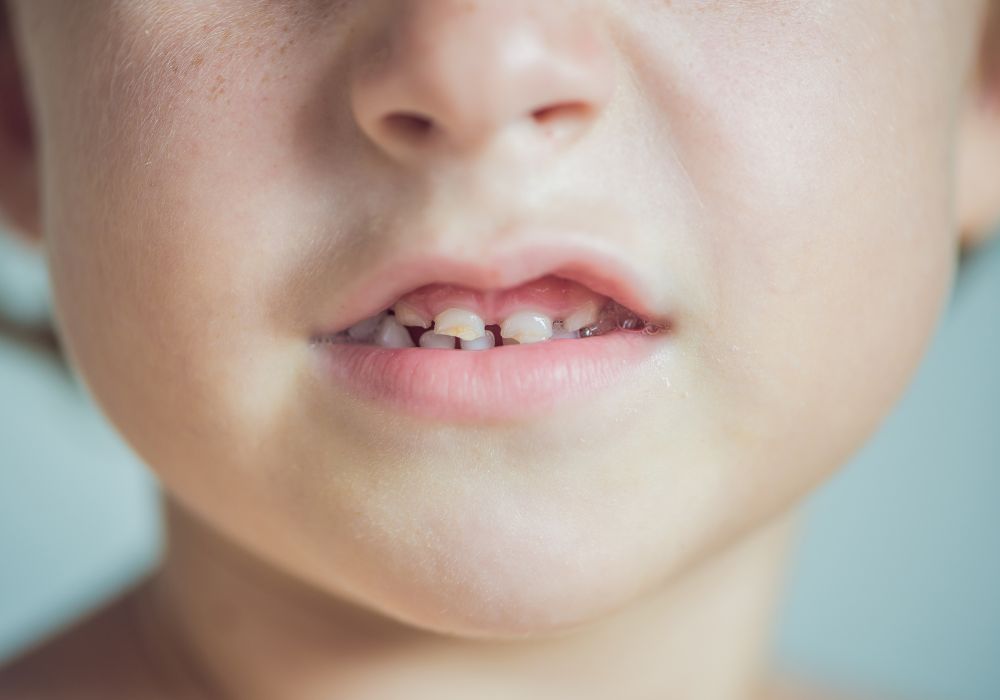
While teething is a natural process, there are ways to provide relief when canine teeth are causing discomfort:
- Gently rub or massage swollen gums with a clean finger, soft cloth, or infant gum massager. The pressure releases tension.
- Allow baby to nibble on a chilled (not frozen) teether or wet washcloth. The cold temperature eases inflammation.
- Use an over-the-counter oral care product designed to numb gums in infants, containing ingredients like benzocaine. Follow package directions.
- Try OTC pain relievers like acetaminophen or ibuprofen in appropriate infant dosages, but first consult pediatrician. Never exceed dosage on packaging.
- Help keep baby hydrated by offering more breastmilk or water since dehydration can increase crankiness.
- Apply gentle pressure with a clean finger over gums after feeding to scrape away excess food and soothe tenderness.
- Provide extra comfort measures like rocking, holding, and singing quietly to distraction from discomfort.
- Ensure all oral devices like pacifiers, teethers, and toys are sterilized and approved for infant use. This prevents spreading bacteria that could cause infection.
If symptoms seem severe or fail to respond to typical teething relief measures, contact the pediatrician to identify any underlying issues requiring additional treatment.
Danger Signs to Watch for with Canine Teething
Though some fussiness is expected, contact the pediatrician if the infant experiences:
- Fever over 100.4°F
- Difficulty breathing
- Persistent crying or extreme irritability
- Refusing feedings for over 24 hours
- Vomiting for more than 12 hours
- Rash or swelling of face/gums
- Diarrhea for over 24 hours
- Bleeding from gums longer than 5 minutes
These may indicate an infection or more serious health problem requiring prompt medical care beyond standard teething issues. It is always better to seek evaluation when something seems wrong.
Risky Teething Remedies to Avoid
When attempting to relieve baby’s teething discomfort, some home remedies could cause harm:
- Alcohol/liquor rubbed on gums – can burn tissue
- Clove oil – may poison nerves
- Frozen teethers – could damage gums
- Hard foods like apples or carrots – choking hazard
- Ice or ice packs – can irritate and ulcerate tissue
- Jewelry or necklaces – strangulation danger
- Lidocaine gels – not approved for infants
- Medications with benzocaine (Orajel) – risk of methemoglobinemia
- Pain relievers not specified for age – overdose risk
- Topical anesthetics – lack evidence of effectiveness and safety
- Unsanitary objects – could spread infection
Stick to proven remedies and always consult the pediatrician before trying anything new for teething pain.
When to Book the First Dental Visit
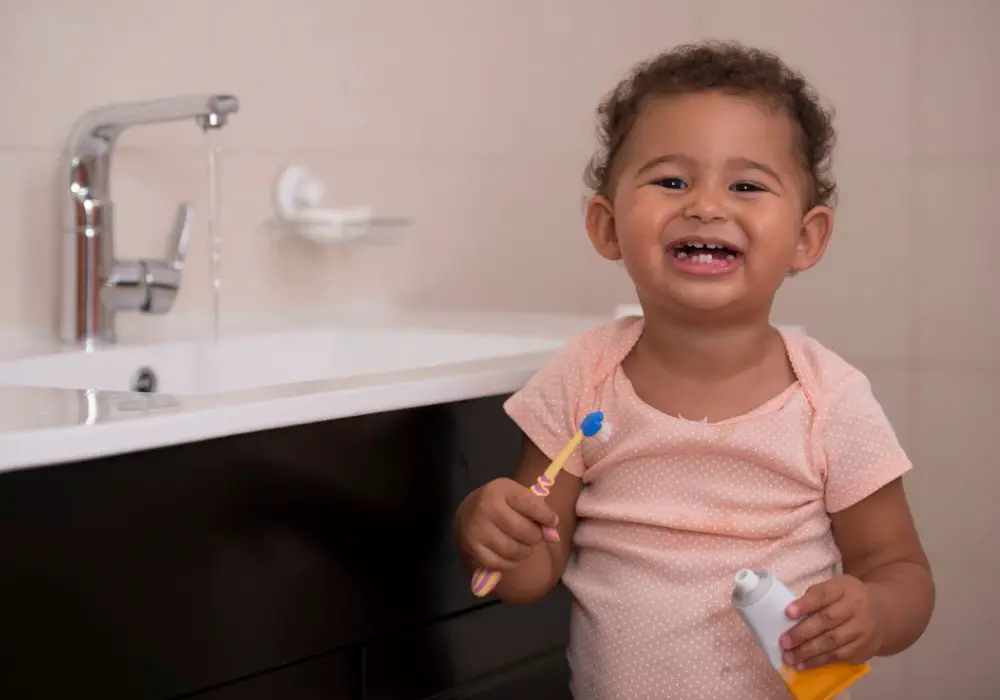
To monitor the eruption of canine teeth and overall oral development, the American Dental Association and American Academy of Pediatric Dentistry suggest scheduling a child’s first dental visit by 12 months old, or sometimes as early as 6 months if dental concerns exist.
Pediatric dentists can identify potential orthodontic issues early on as the jaw and facial bones grow. They also provide guidance on proper oral hygiene care, teething techniques, injury prevention, and dietary factors to optimize dental health right from the start.
The Permanent Canines Emerge Years Later
The canine teeth seen in babies and toddlers are the primary set of canines. Around age 9-10 years, these deciduous canines begin to loosen and fall out as the permanent adult canine teeth develop underneath the gums.
The permanent canines fully erupt between ages 11-12 and are the last permanent teeth to come in, after the incisors, premolars, and molars. These are sometimes called the “cornerstone teeth” since they anchor the dental arches for effective biting and chewing.
Regular dental monitoring ensures permanent canines emerge properly in the dental arch to prevent crowding, misalignment, or impaction issues.
Conclusion
The arrival of the canine teeth marks a transitional time for babies as they move from early infancy into the toddler years. While discomfort is common during the teething process, these pointy cuspids do not necessarily cause more pain than other erupting teeth. Monitoring symptoms, providing soothing relief measures, and maintaining good oral hygiene helps little ones push through this temporary phase. If significant fever, swelling, or other issues arise, promptly contacting the pediatrician ensures any problems receive prompt care. With patience and extra comfort from family, babies will soon be sporting their sharp new canine teeth and be ready to bite into the adventures of toddlerhood.
Frequently Asked Questions
Q: Are teething tablets safe for babies?
A: Some over-the-counter teething tablets may provide comfort, but safety and effectiveness are not well studied. First consult a pediatrician before use, carefully follow label instructions, and monitor for potential allergic reactions.
Q: In what order do baby teeth fall out?
A: Baby teeth generally fall out in the same order they erupted. Lower central incisors exfoliate first around age 6, followed by upper central incisors around age 7. Canines loosen around age 10-12. Premolars and second molars are last between ages 10-13.
Q: Do first molars appear before canine teeth?
A: Yes, typically the first molars come in between 13-19 months, before the canine teeth emerge between 16-22 months. The second molars arrive last between 25-33 months.
Q: How can I relieve teething pain at night?
A: Giving a chilled teether, gently massaging gums, or appropriate OTC pain reliever before bed can help uncomfortable babies settle down to sleep. Maintain calm, consistent bedtime routines and follow safe sleep guidelines.
Q: When should a child first see the dentist?
A: Dental experts recommend a first visit by 12 months, sometimes earlier if dental issues are present. Seeing a pediatric dentist by age 1 helps monitor tooth development and identify potential orthodontic problems early on.

